Tomorrow, February 13, is the 100th anniversary of the birth of revered leader Aung San, father of today’s Aung San Suu Kyi.
Though our trip was initially blighted by denial of our Ledo Road permit, we have been remarkably lucky since then. I have no doubt this is due to the fact we stopped at Yangon’s Sacred Banyan Tree for a blessing before we headed out. Everyone who buys a car in Yangon, or is departing on a road trip, stops at this nat, so who are we to deny the tree’s power. It’s January 23 when I place fragrant posies at the lip of the several shrines surrounding the roadside banyan, imbuing each gesture with as much reverence as I can muster. A flaring bunch of green and red leaves is tucked in Brunhilde’s radiator, a slender strip of red and white fabric tied to her rear view mirror. Then Bernard is instructed to move her backward and forward three times. There’s plenty of traffic noise and honking going on and soon I know why. As soon as he’s done with the final reverse, Bernard’s told to honk Brunhild’s horn three times as well. That about does it for the observances. We head
out of Yangon feeling sublimely protected from any possible harm.

As we drive we pass other road nat stations; at each we honk three times. And it’s worked. Because we’ve driven roads that are so vertical, so twisty, so far away from people, that if anything had happened to us or Brunhilde it would have been even longer before I was able to write this. Note please that the road department here has only two symbols to denote incline. The triangle part is placed at whatever angle will best impress upon a driver just what faces him. We’d been blessed, so I wasn’t at all worried when I saw this sign:

After all, the vehicle on it looked nothing like ours.
And besides, why else would we be able to drive to Aung San’s birthplace tomorrow, February 13, something completely unplanned and never even discussed before yesterday, if that the banyan hadn’t taken an interest in our well being?
Since I last wrote, our travels have taken us westward from Inle Lake, first to the ruby mines of Mogok, only recently opened to foreigners by special permit (a separate report on that after we’ve left the country). One thing I can tell you is that I was shocked, shocked, to see Johnny Depp in full Pirates of the Caribbean regalia, at Mogok’s full moon festival.

Here I was expecting thousands of devout Buddhists to be paying obeisance at the central pagoda. Instead we got a carnival midway, Myanmar style, with Angry Birds adorning inflatable slides and mini-BMWs transporting toddlers round a carousel.

Convincing our timid ministry minder, Kyaw, to join us on the pirate ride, we clutched the railing in front of us and shrieked in unison, while I silently hoped the ride qualified as a vehicle and thus was under the banyan’s protection.

As for carnival food: no funnel cakes or corndogs in Mogok. There were fried quail eggs, pancakes seasoned with sesame and coconut, ruby-red watermelon and plenty of tasty fried bits.

We’ve managed to include a couple of riverfront stays, to remind us of our sterling trip up the Chindwin River three years back. This year we were able to drive to the banks of the Chindwin through miles of young teak forest, on swooping empty roads, arriving opposite the town of Kalewa, crossing by ferry to the very docks from which our journey began last time.

I felt such an innocent back then, and feel such an old Myanmar hand now. I understand the food, love the customs, know what to expect in terms of hot water or lack thereof. We even got the same room in the same guest house as last time. I was pathetically grateful, though, that those chanting monks from three years ago had decided to take the night off.
We also put Brunhilde on a ferry to cross the Ayeyarwaddy from Tagaung to Tigyaing. We had plenty of time to observe Tagaung’s riverbank traffic, which bustled with trade: clay pots and cases of Mandalay Rum offloaded…

…replaced with sacks of charcoal for the onward journey.

I love the mild bustle of river towns, especially the market in the hours before dawn. In Tagaung, we caused mild hysteria wandering the candlelit fish aisles. Inspecting a bamboo platter of glistening silvery fish I pointed out to Bernard the flat mouth with long filaments streaming from each side. “Look, catfish,” I said.

Glancing over at the vendor I saw her thinking. I figured she was going to pose the standard, “Where from?” But no. She looked at the fish, peered into the gloomy middle distance toward Bernard, then pointing directly at his mustache, exclaimed “Catfish!” At that she burst out laughing, repeated “Catfish!!” and soon the whole line of fishmongresses were guffawing and pointing at Bernard, “Catfish!” echoing down the line.
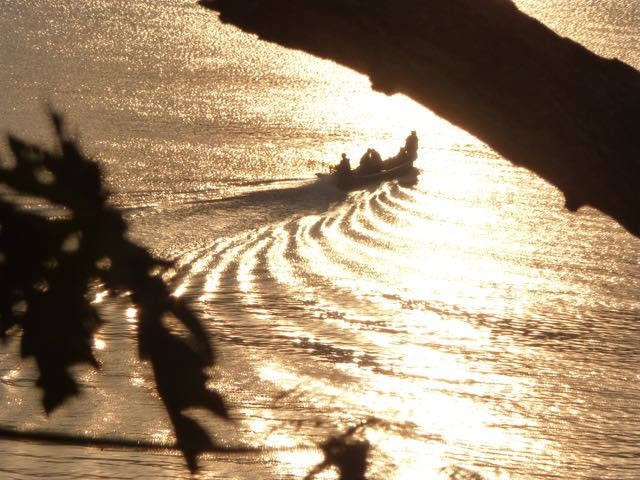
West of the farming villages of the vast Ayeyarwaddy plains we entered the Chin Hills, which form Myanmar’s border with India. This is a place where the phrase, “Straight road,” does not exist, where some unhappy nat planted cobbles pointy side up and where dust never settles. Driving the Chin Hills made me long to have cartoon eyes. You know the sort I’m talking about: Eyeballs on springs, which can launch out of their sockets to peer around a corner to warn me if my body is about to collide with a moving object. Here’s the easiest stretch:
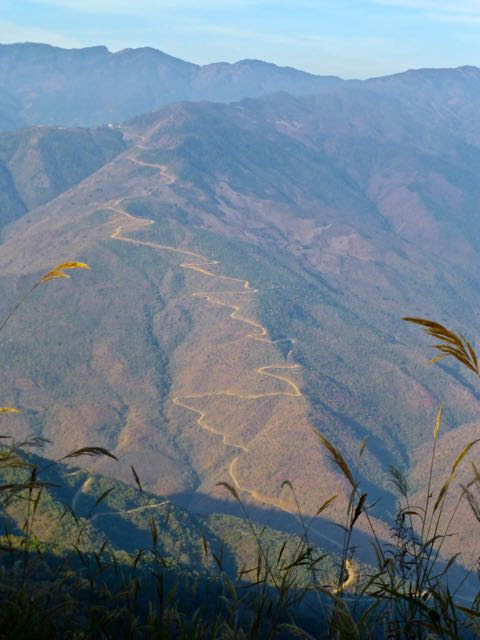
Villages along the way were one hut deep, each extending on stilts over near-vertical slopes. Of necessity, a lot of the living–whether pounding rice or babysitting one’s one-month-old grand daughter– took place right on the road.


Northern Chin used to be animist, but has been in the clutches of “real religion” for more than a century. It started with the Baptists at the beginning of the 1900s, who have been joined by a bevy of other churches, including Methodist, Pentecostal, Seventh Day Adventist, Roman Catholic and Evangelical. It’s truly startling to be asked “Are you Christian?” by a stranger at a village guesthouse. Somehow it seems too intrusive, like asking a stranger on the subway, “Are you a virgin?”
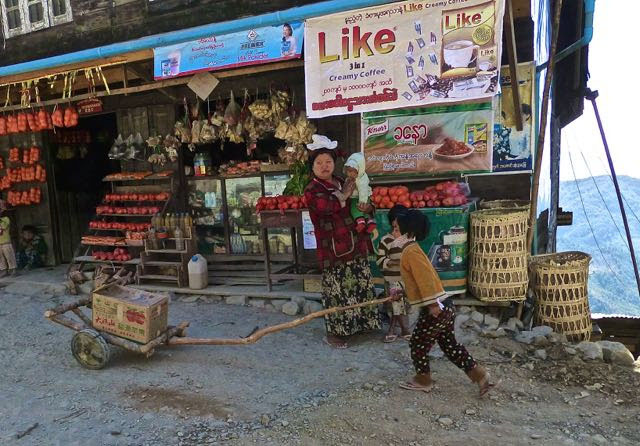
Our days in the Chin Hills seemed an eternity of jarring swerves around rumpled slopes and chaotic jumbles of ridges and gullies. At times I felt I was on a surfboard rising up to the curled lip of a Hawaiian surfing wave, plunging back down the face, and always more untidy green hills in front, crenellated ridges running in all directions like the fortifications of a crazy castle. Still, I wouldn’t have traded this tough portion of our drive for anything, as it brought us into a fascinating world. And our banyan tree nat continued to look out for us, keeping our tires strong and in one piece.
Even our untimed arrival in Bagan was filled with good fortune. As we approached the town of Nyaung U, a caravan of gaily decorated bullocks came trotting up the street, flashy flowered harnesses a-jingle.
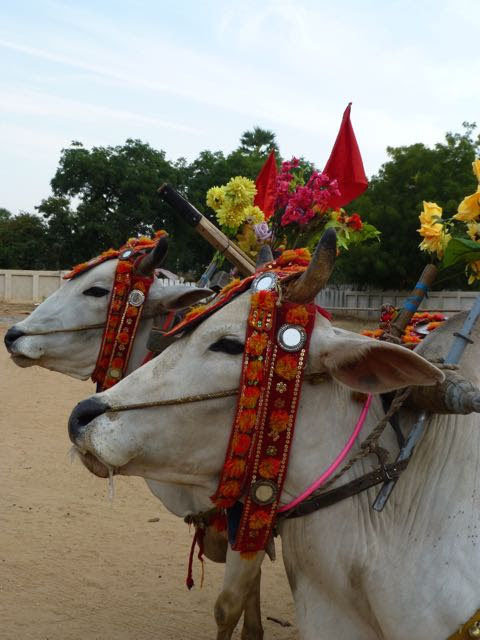
If there’s one thing I know for a fact by now, it’s that bullock carts do not move fast. In fact, a bullock cart gives new meaning to the word slow. So what was causing the great bullock cart scramble approaching us? Why, it was a village novitiate ceremony, paid for by someone who’d evidently reaped quite the profit from his harvest. Parking the car off the road in a cloud of dust, we ran back to the large lot where music shrilled from loudspeakers and much bowing and praying by satin-robed women was happening on a mat.
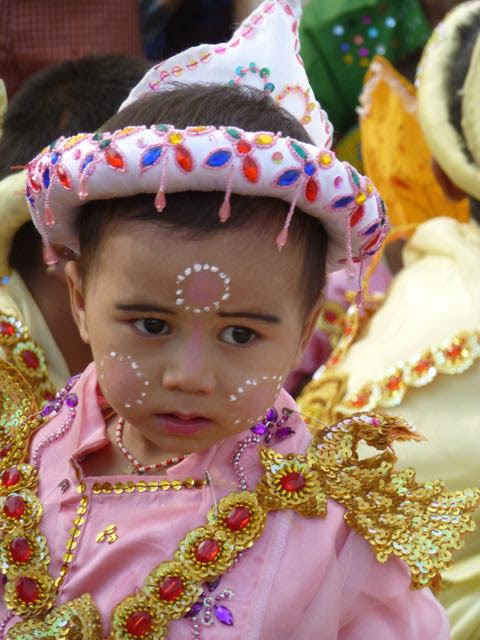
Interspersed between them were fifty young girls, from three to perhaps ten, all ready to become nuns. This wasn’t going to be for a lifetime, just perhaps a week, but still, try asking a kid you know if they’d be willing to have their head shaved and go begging on the street for their food for a week, and see what answer you get.
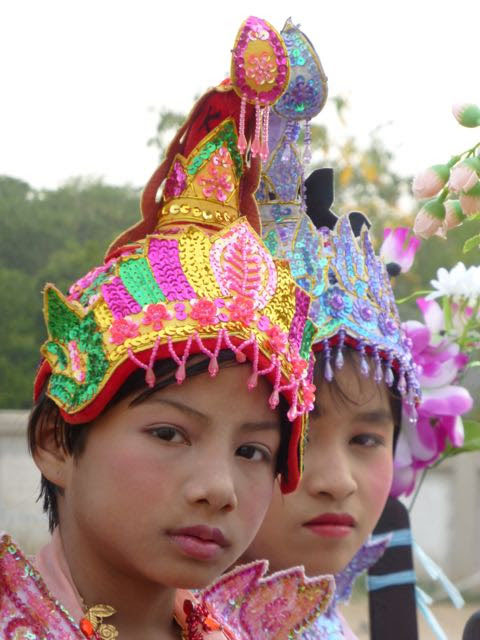
Perhaps the youngsters who enjoyed the occasion the most were these young monks.
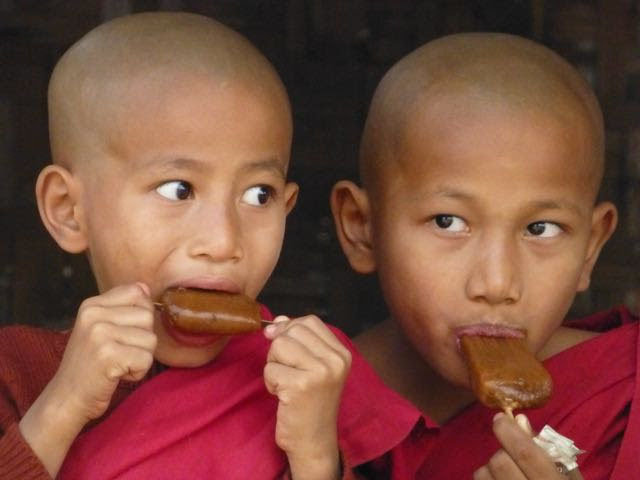
So here we are, leaving Bagan tomorrow for Natmauk, reaching Yangon as planned on February 14. In my next dispatch I’ll report on the celebrations honoring Aung San. I’ll show you why Myanmar’s markets are so inspiring. And I’ll reveal, without embarrassment, exactly what happens to my mind after hours and days of looking at village scenery.
About Dina
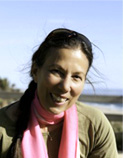
Dina Bennett was born in Manhattan, New York, in 1955, to a French mother, an Austrian father and immediately attentive older sister. The new foursome soon left the city for a house in the suburbs, with a garden large enough for the budding tomboy to run around. Her parents made sure weekends were spent on hiking trails or ski slopes; Dina took to these activities like a duck to water, thrilled to have the chance to impress upon her tall, slender blonde older sister exactly who was tougher. The summers of her youth were spent in France, Switzerland and Italy, hopelessly comparing her moody self to her sunny, chic French cousins.
Her competitive spirit and generally anxious outlook on life continued at Pomona College, Claremont, California where she studied sociology; her nights were spent perfecting cribbage moves and breaking into the dining halls to satisfy post-midnight cravings.
Following graduation, she moved to Boulder, Colorado, worked for several cultural organizations, got her MBA and bided her time till her future husband, Bernard, arrived in town. He was French, which might have been a bad thing, but proved not to be. They married six months after meeting and have remained married despite the sad statistics depressing other baby boomers.
After several years with a Denver PR firm using her sense of humor and gift with words to promote major sports franchises, financial institutions and hospitality companies, she decided to join Bernard in his fledgling software localization company. Together they built and ran a dynamic and successful firm, proving you can love someone and still hate them when they disagree with you publicly in a business meeting. The business took all her energy for twelve years and required postponing the myriad trips that she had imagined the two would take together, eventually leaving Dina a fuming mess of delayed gratification.
On selling the firm at the turn of the millenium, Dina and Bernard moved to a rural cattle and hay ranch in the northern Colorado mountains. There, her dawn-till-dark lifestyle in the company of moose, tractors and mustangs, beaver pelts and elk carcasses, gave new meaning to the phrase, "not working anymore." Click on teh Ranch tab to read about her experiences adopting mustangs, loading hay trucks and building fences.
Dina has been untangling herself from barbed wire to join Bernard on extended road trips in far-off places for years now, seeking out back roads and off-map villages in yearly attempts to get themselves into ever deeped vehicular trouble.









